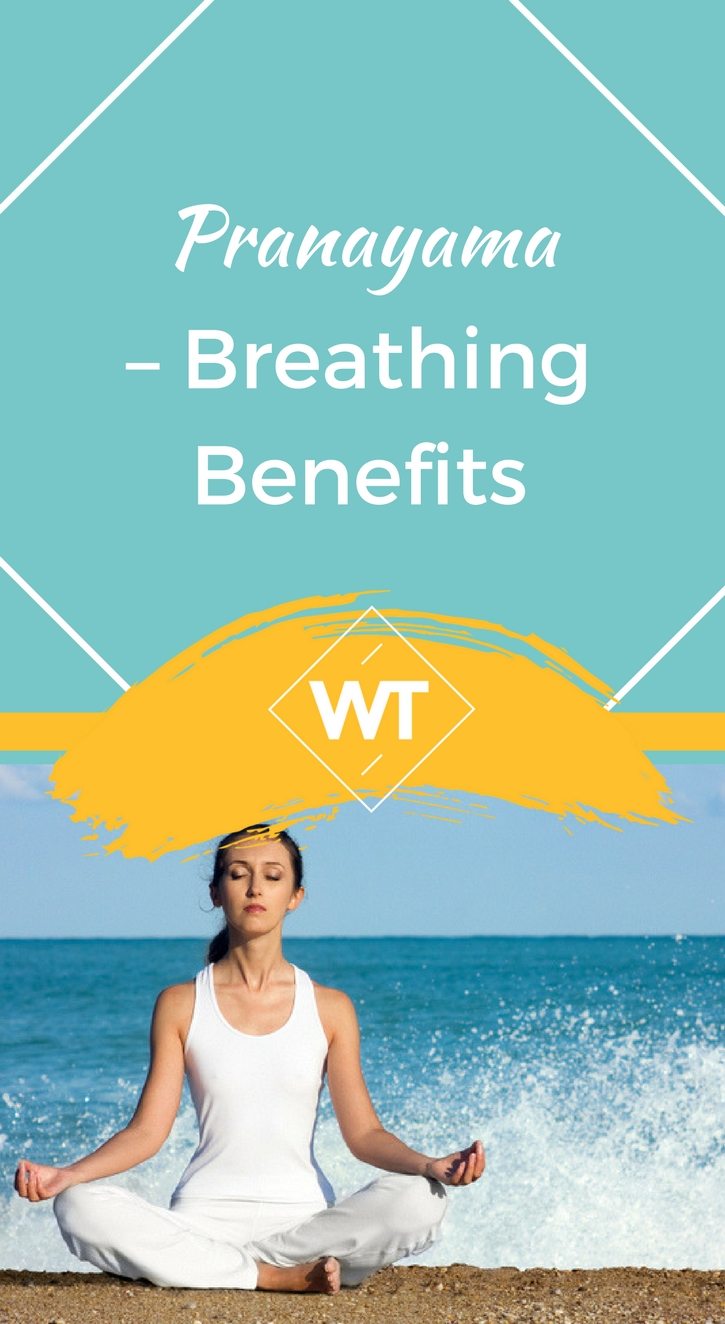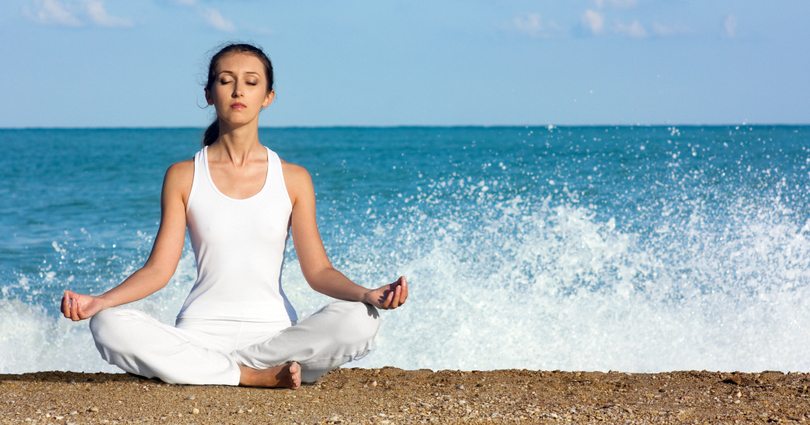Pranayama – Breathing Benefits

Pranayama (essentially breathing), is a natural activity that our bodies have to do automatically to survive since it is the most vital biological activity.
We breathe around 15 times a minute and that counts to be 900 breaths in an hour. For most of us, breathing is a simple process that we pay no attention to. However, you can touch your inner being with every conscious breath you take.
With the help of yogic breathing exercises, you can improve the quality of your life. Even only five minutes of ‘Pranayam’ daily can bring a noticeable change in your overall well being.
Though performing pranayama is not difficult at all and anyone can do it, it requires learning the proper way to do under the supervision of an expert.
Pranayama Breathing technique
Pranayama is a yogic exercise that is a set of four small exercises.
These four parts are
- Pooraka’ that means inhalation,
- ‘abhyantara kumbhaka’ which refers to retention of the inhaled breath,
- ‘rechaka’ is the disciplined complete exhalation and
- ‘bhayakumbhaka’ is for the retention after exhalation.
Let us understand all these sets in terms of yoga. A yoga sadhak considers his body as a sacrificial altar while doing pranayam. While inhalation is like pouring ‘ghee’ into the ‘yajna’ and exhalation is like the flames coming out of the ‘yajankunda’.
Here, the retention is the most important activity in the whole process as it is regarded as the ‘mantras’ that helps the sadhak to dissolve self into the supreme power.
Controlling the breath
To get the maximum benefit from the Pranayama, you should follow proper sequence.
- In the first step, start from the right nostril; inhale slowly while blocking the left nostril with the little finger of your right hand.
- In the second step, hold the breath inside by closing the right nostril with thumb.
- In the third step, release the little finger on the left nostril and exhale while keeping the right nostril closed.
- In the fourth step, hold the breath outside. Now repeat the cycle but this time, start inhaling from the left nostril.
What Happens during Pranayama
Though it seems a simple breathing activity, it deeply affects the body and its system. During Pranayama, the area below naval becomes most active (as according to yoga there is a huge nerve centre which stores extra ‘Prana’). It acts as the havankunda of the body where the yajna activity takes place.
The kind of effect you have during Pranayama depends upon the type of inhalation you are doing. If you breathe thorough right nostril, your divine conscious is awakened and if you do so by left nostril, your human conscious is developed. And when you hold your breath, either inside or outside the body, it helps the body to enlighten the mind and reach a spiritual stage and peace.
The process of inhalation and exhalation creates a Mantra that you can understand. When you inhale, a sound like ‘so’ is created and when you exhale, a sound like ‘hum’ is created.
This is known as the ‘Sohum’ mantra which we keep reciting throughout our lives without knowing it. However, with pranayama, you recite this important mantra knowingly—a step towards awakening your soul.
What do you achieve from Pranayama?
Spending just five minutes daily by exercising pranayama, you can enjoy many benefits.
- It makes the mind clutter free and creates space for the growth of soul.
- Improves the ability to focus and helps in better memory and concentration.
- Helps in overall weight loss by improving the metabolic rate.
- Bring peace, calmness and helps tackle insomnia.
- Brings improvement in overall health of the body by working on all the vital organs such as lungs, heart and brain.
- Improves energy level.
- It also increases immunity.
Conclusion
With a disciplined approach with Pranayama, you can bring a strong improvement in your physical, emotional, psychological and spiritual well-being.









Leave a Reply